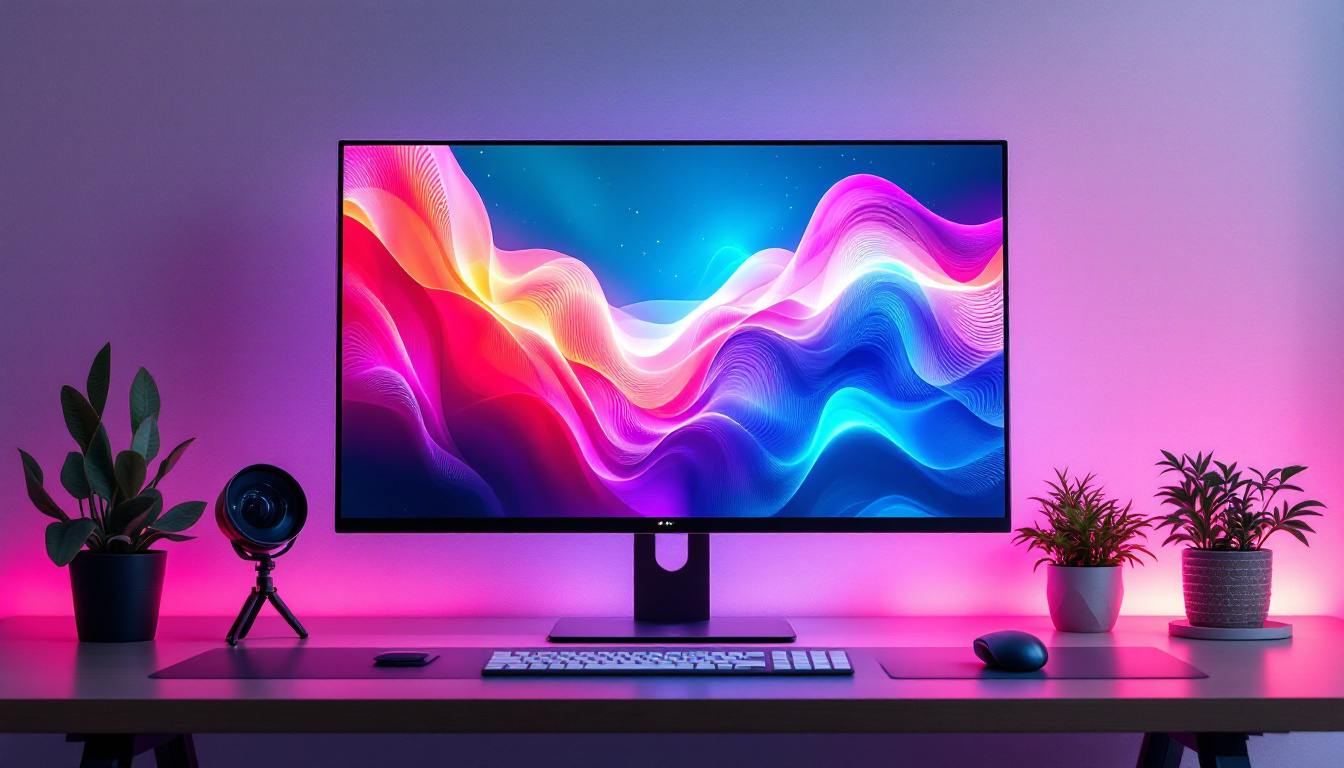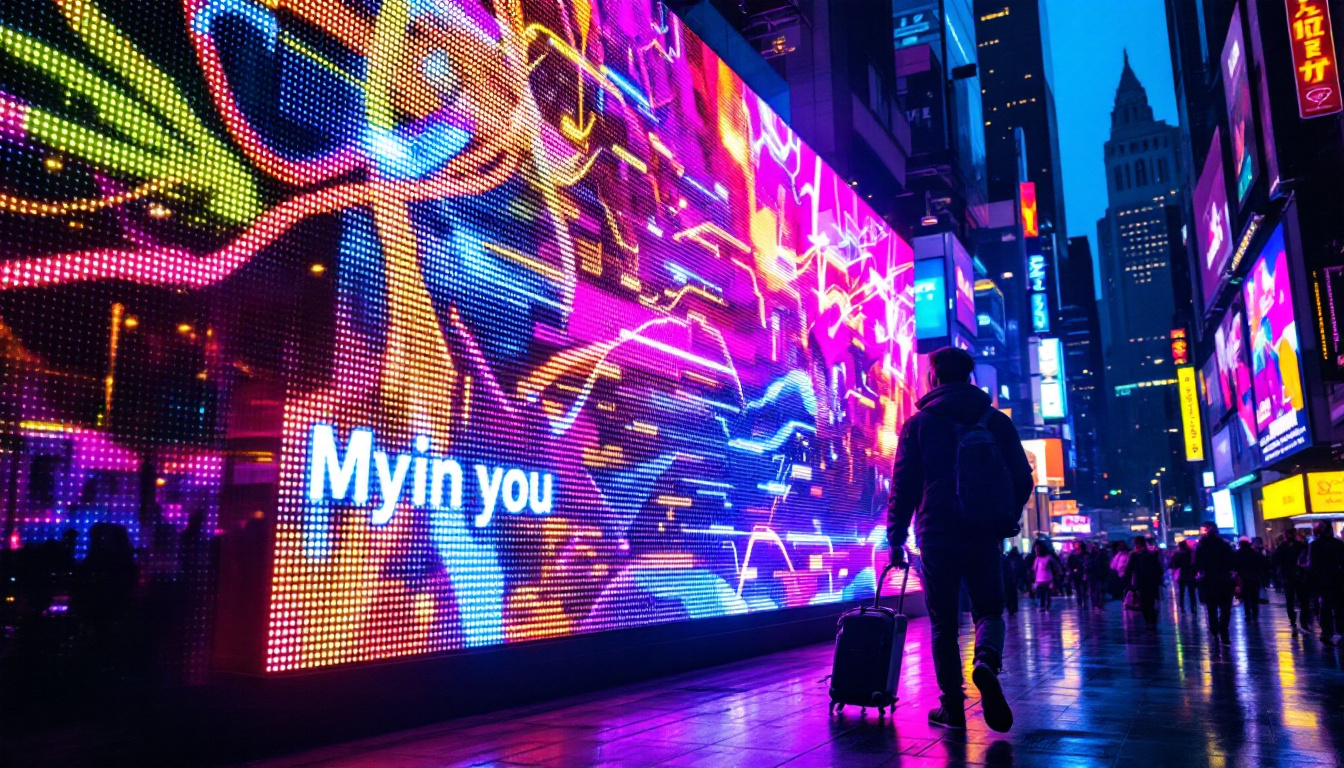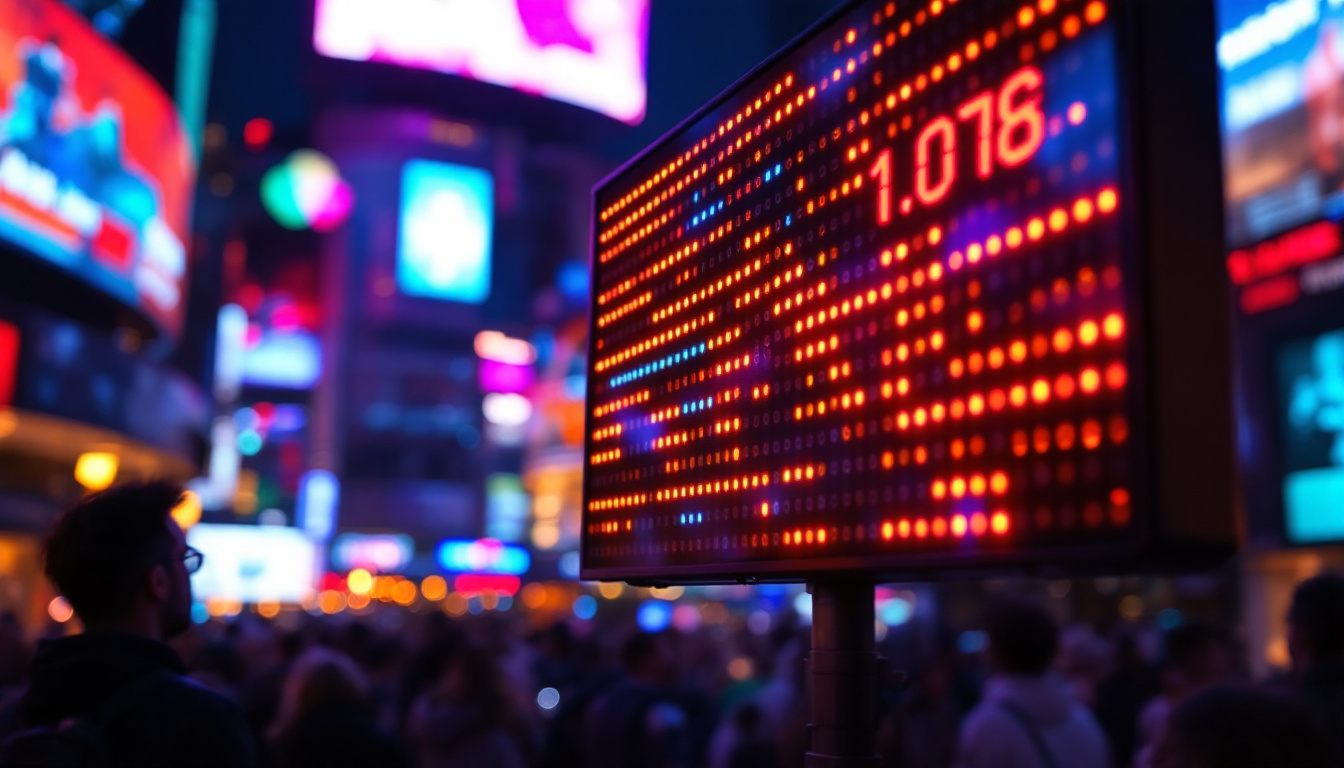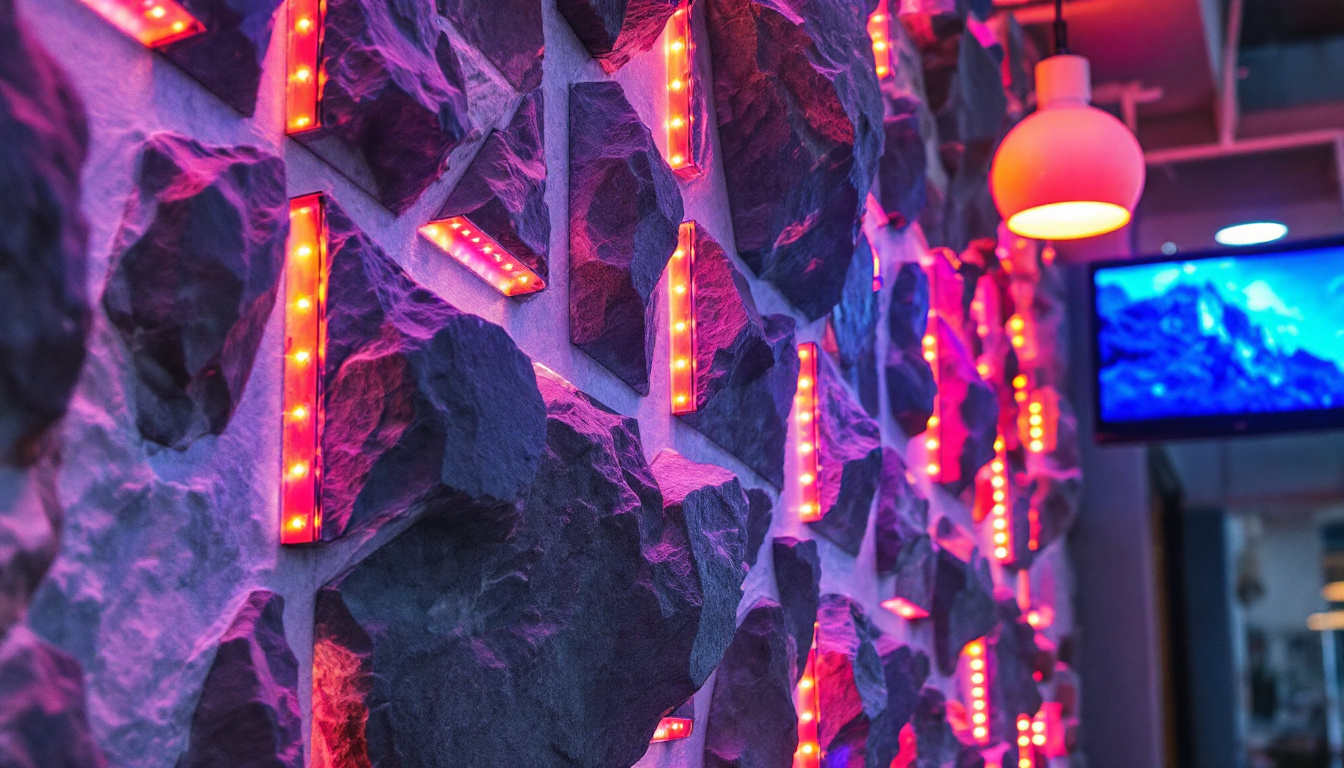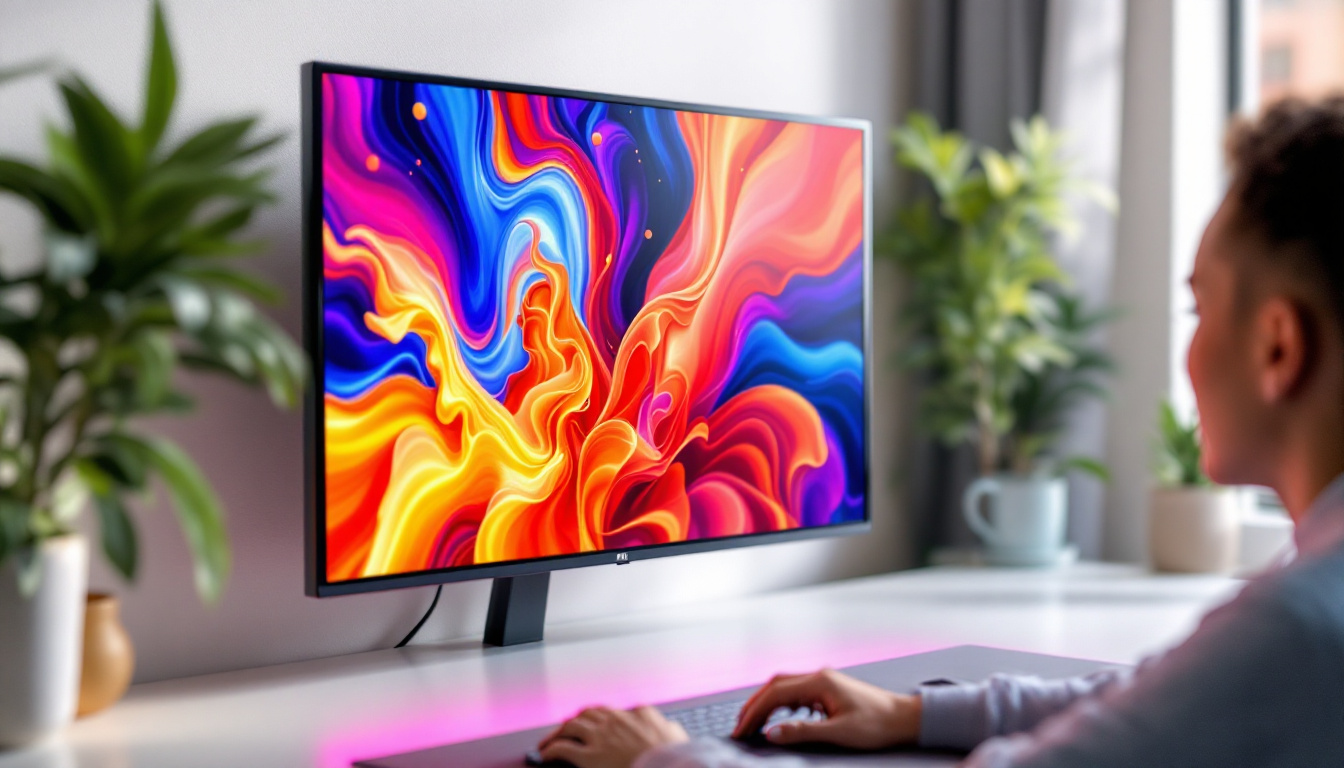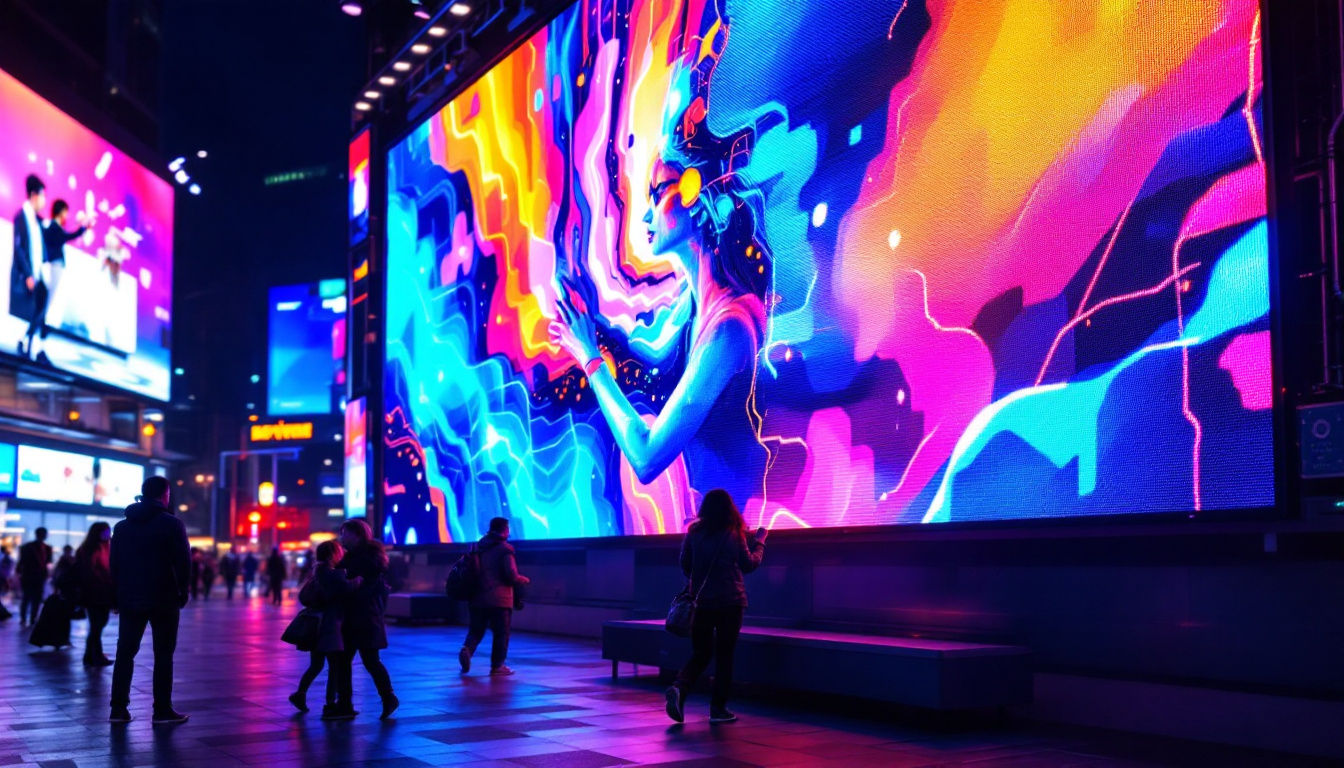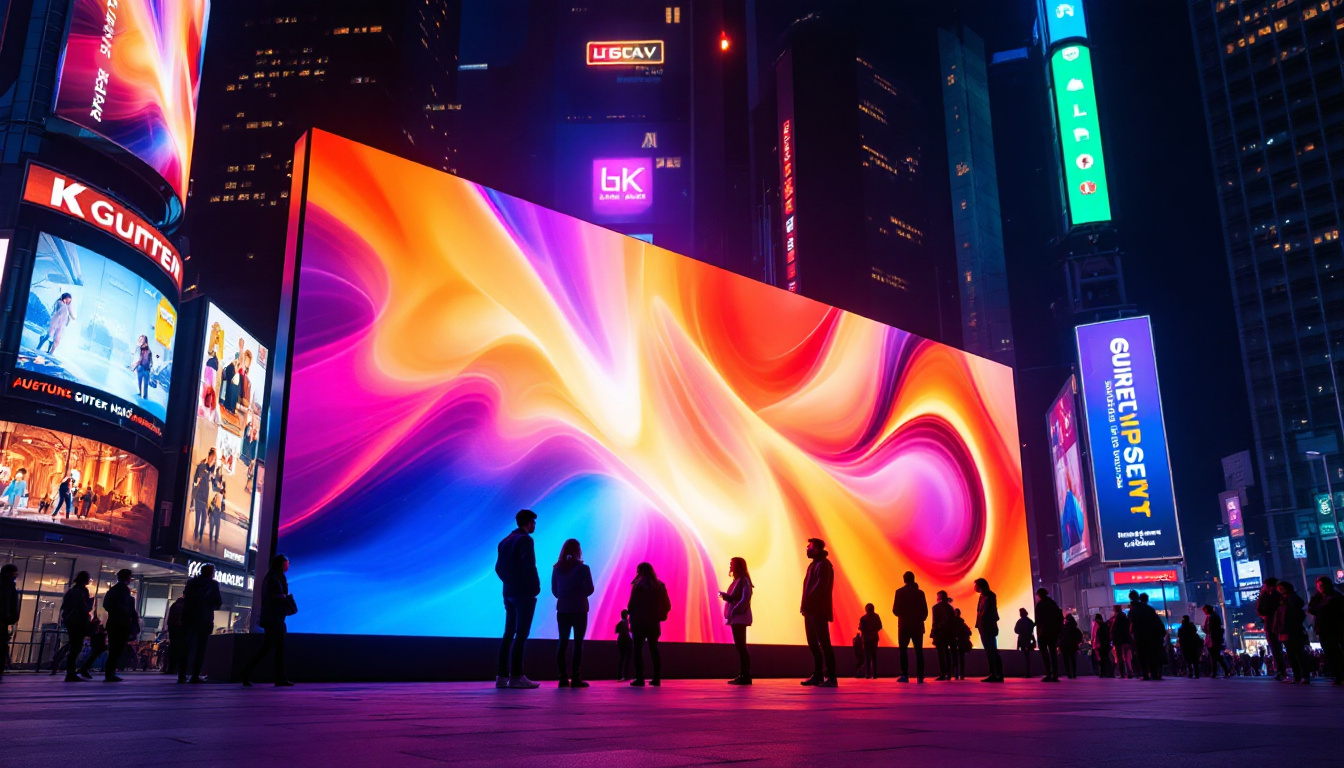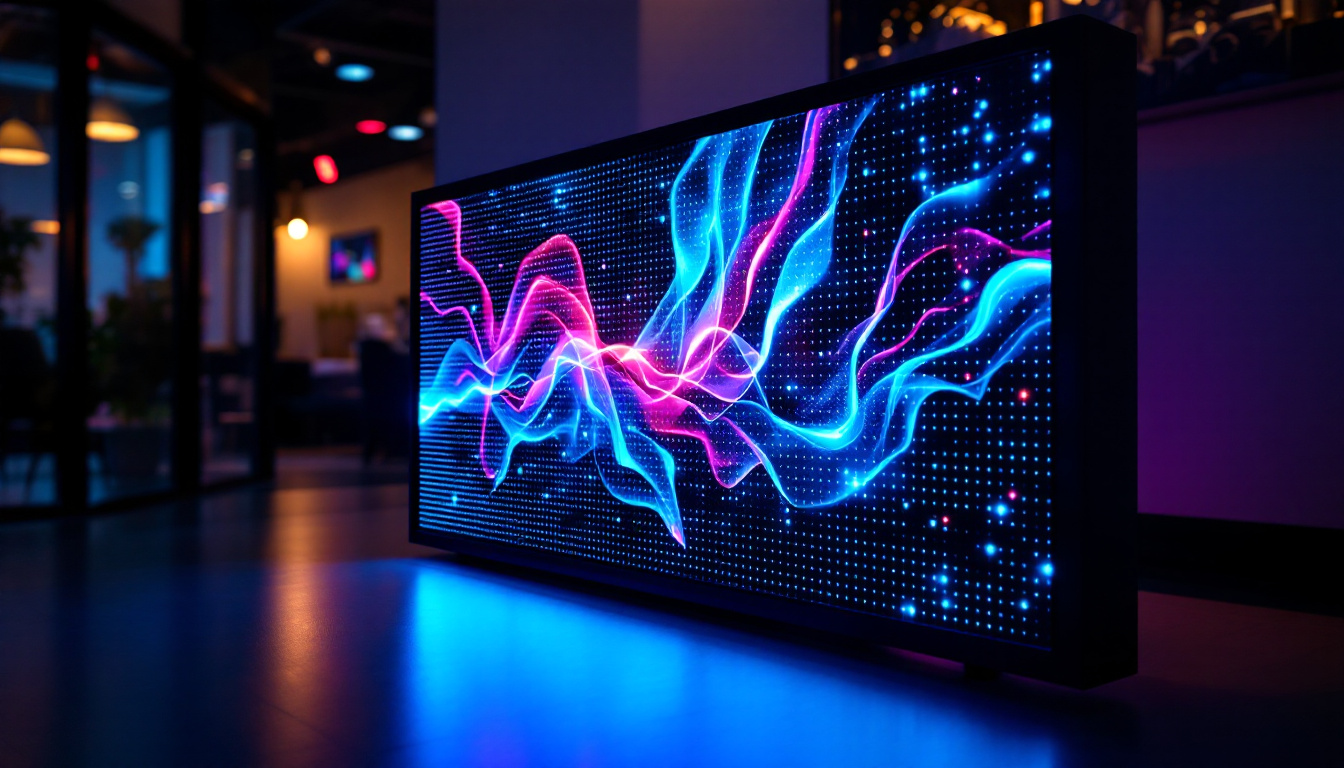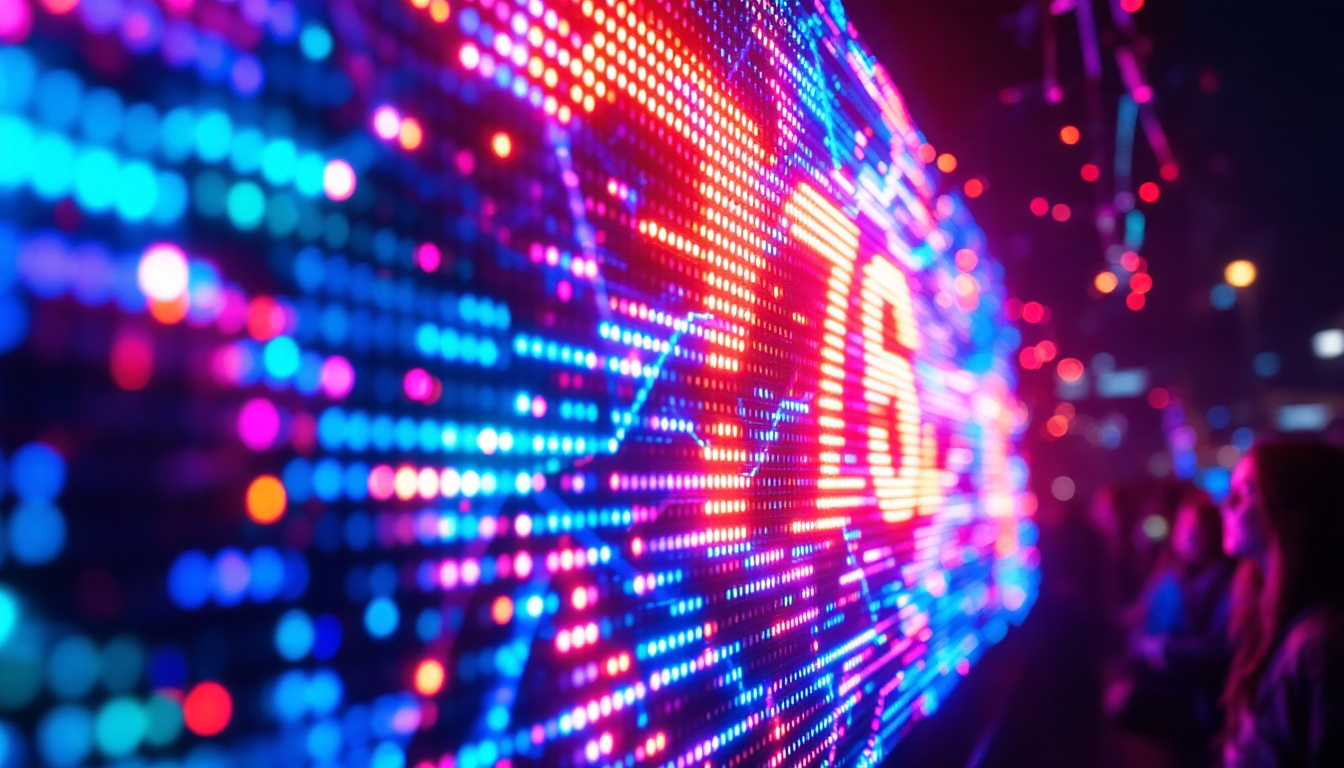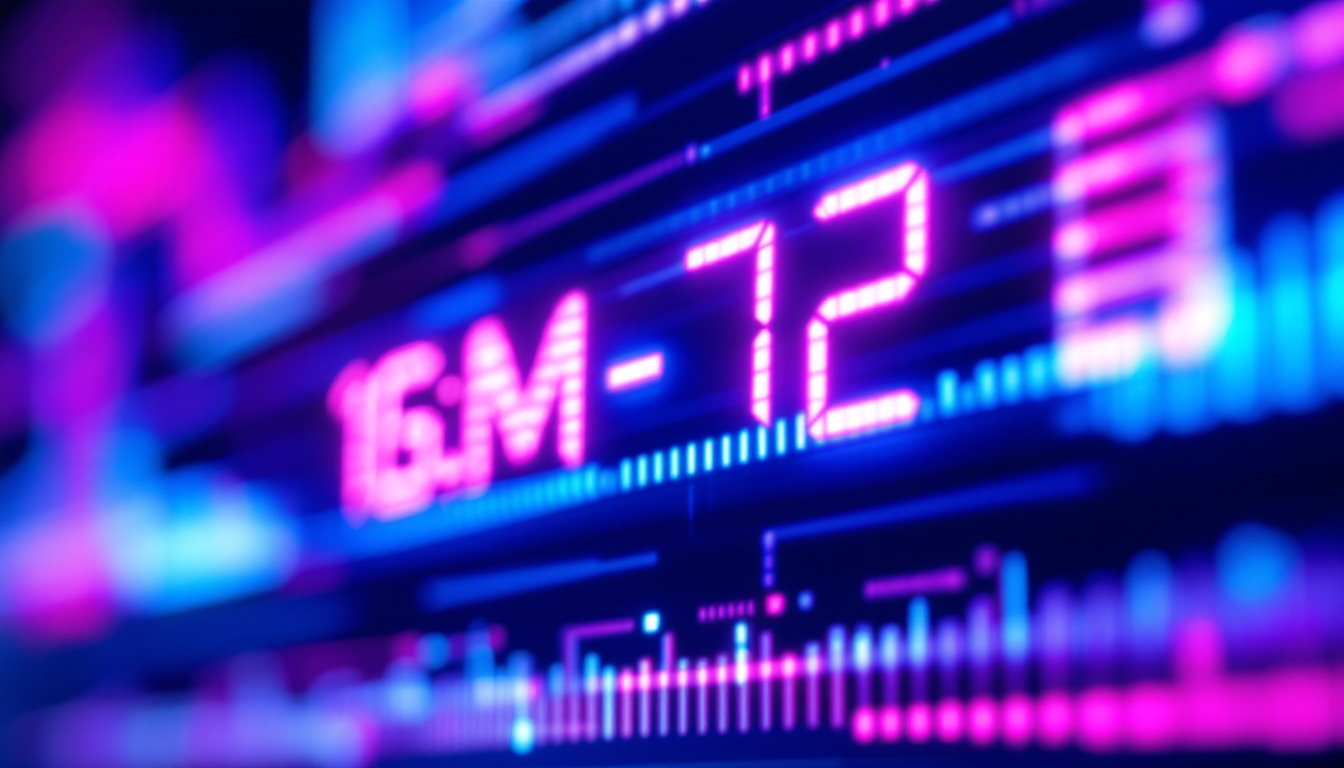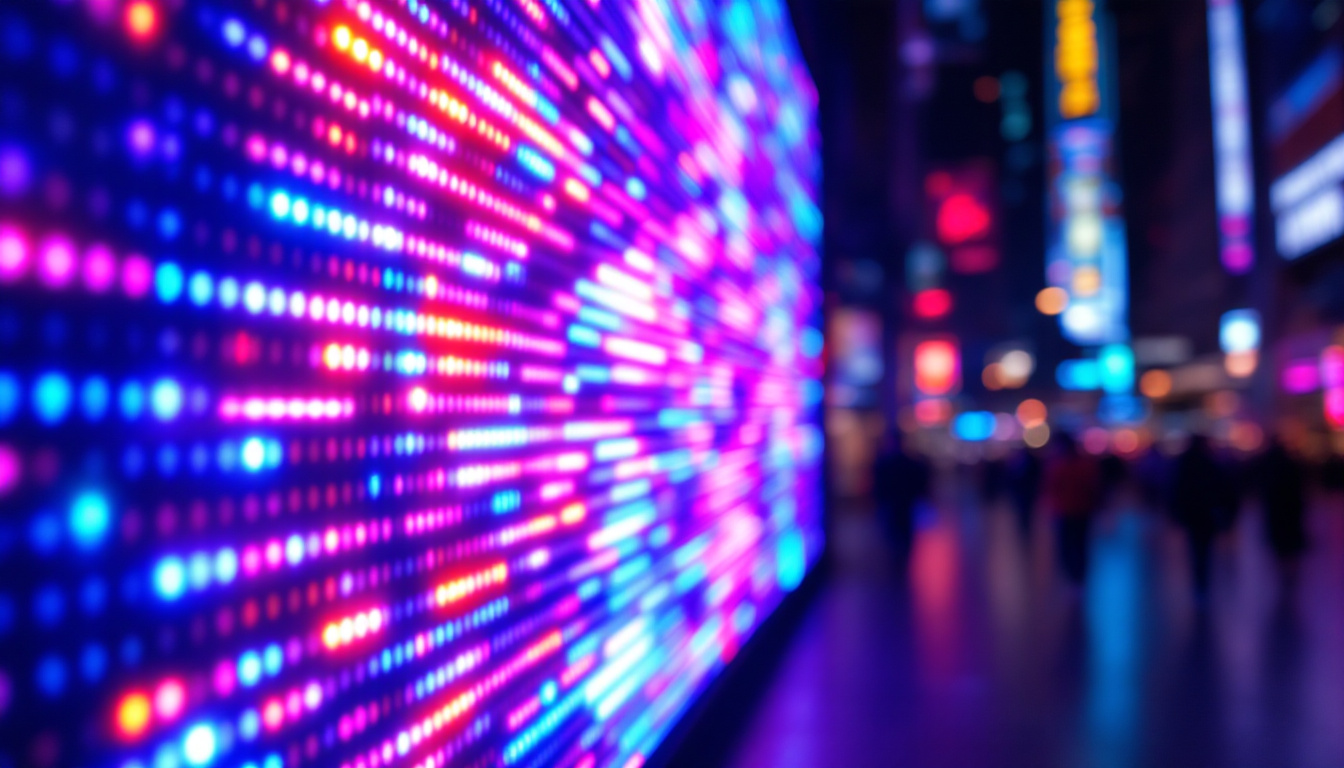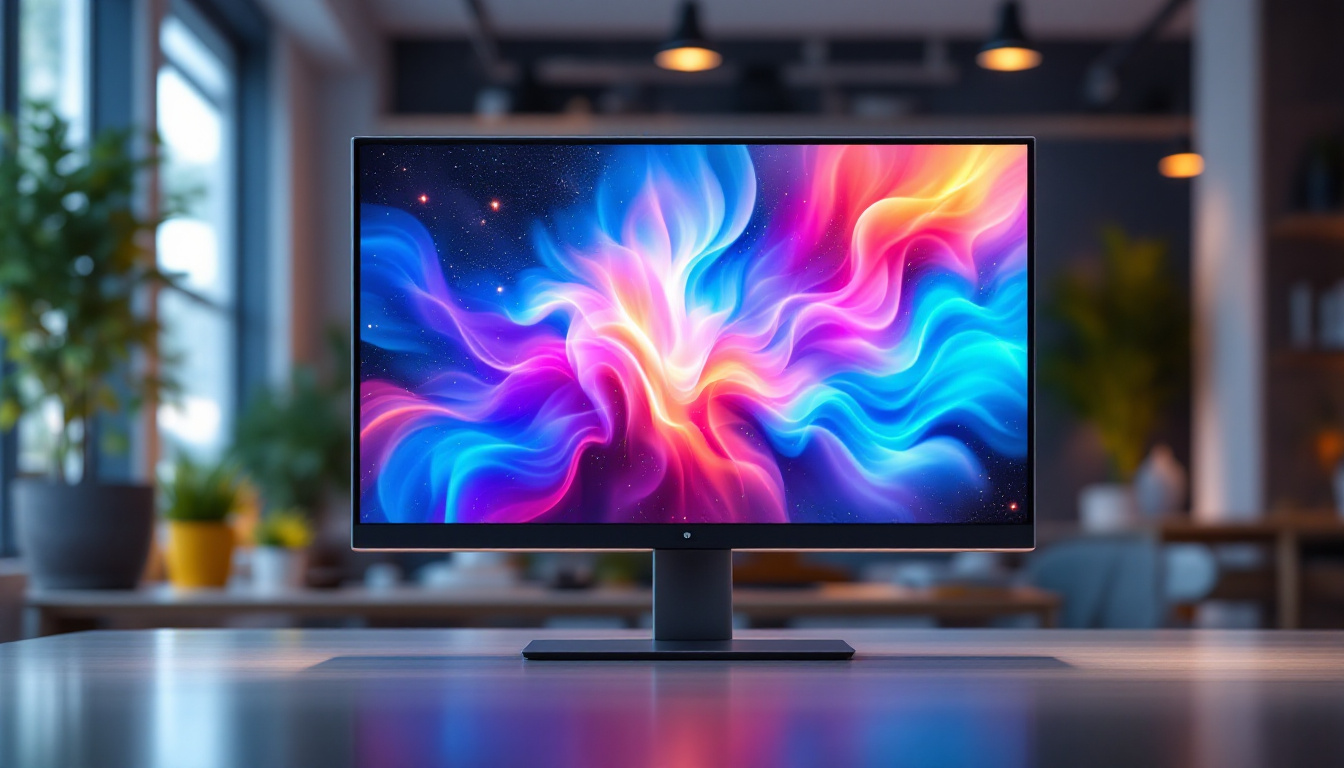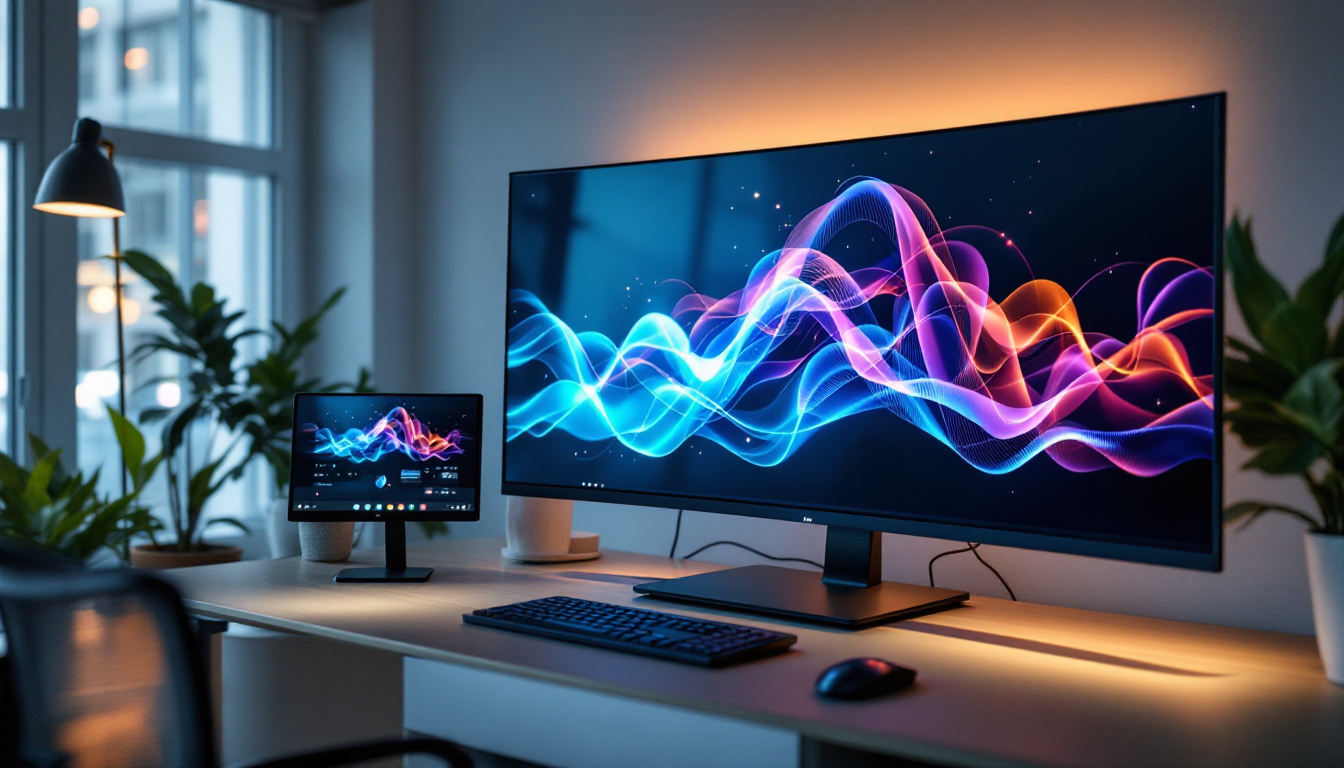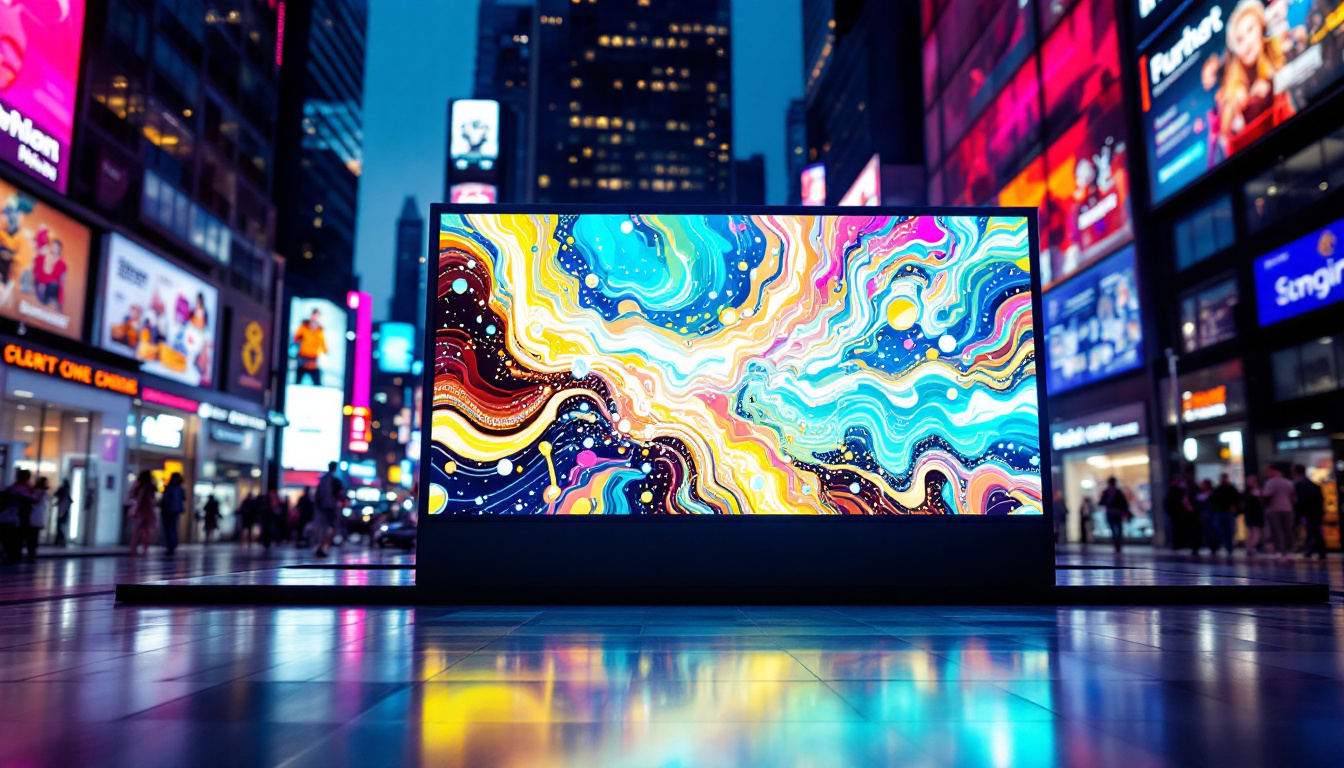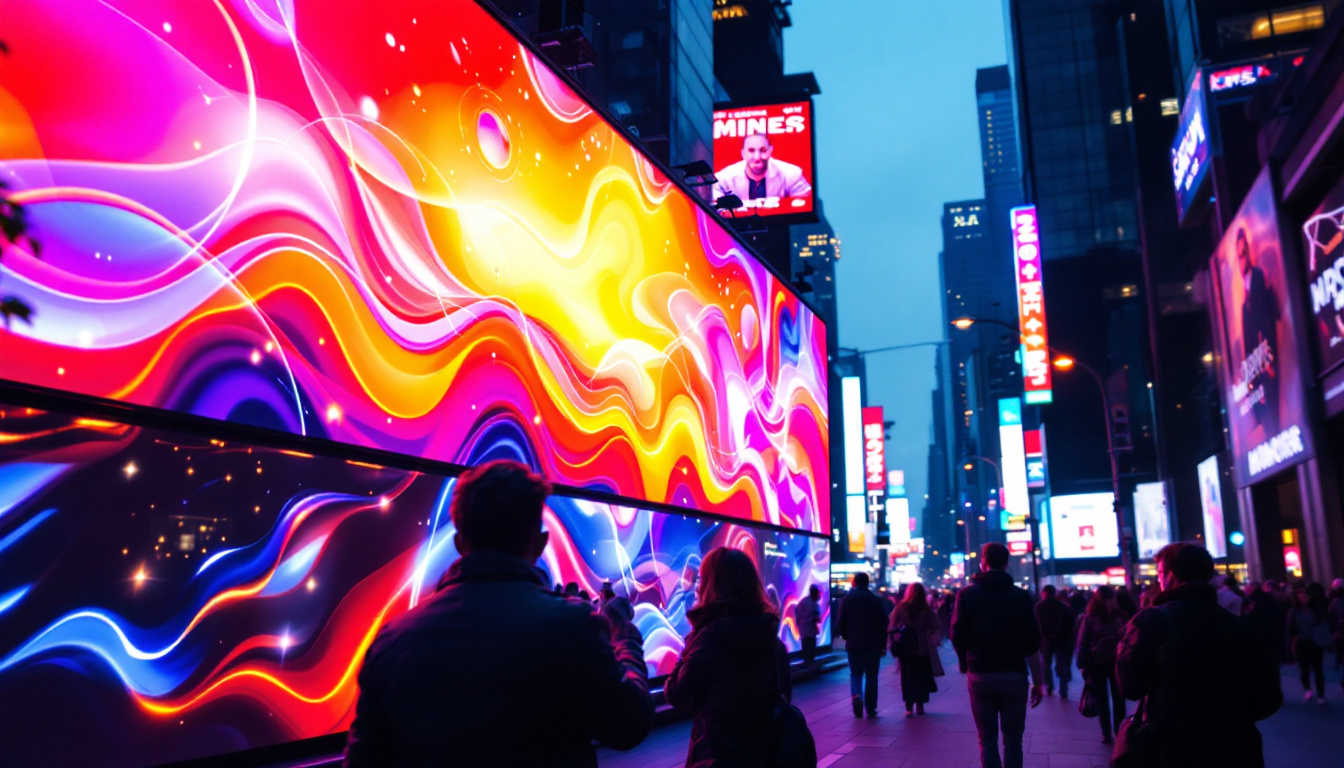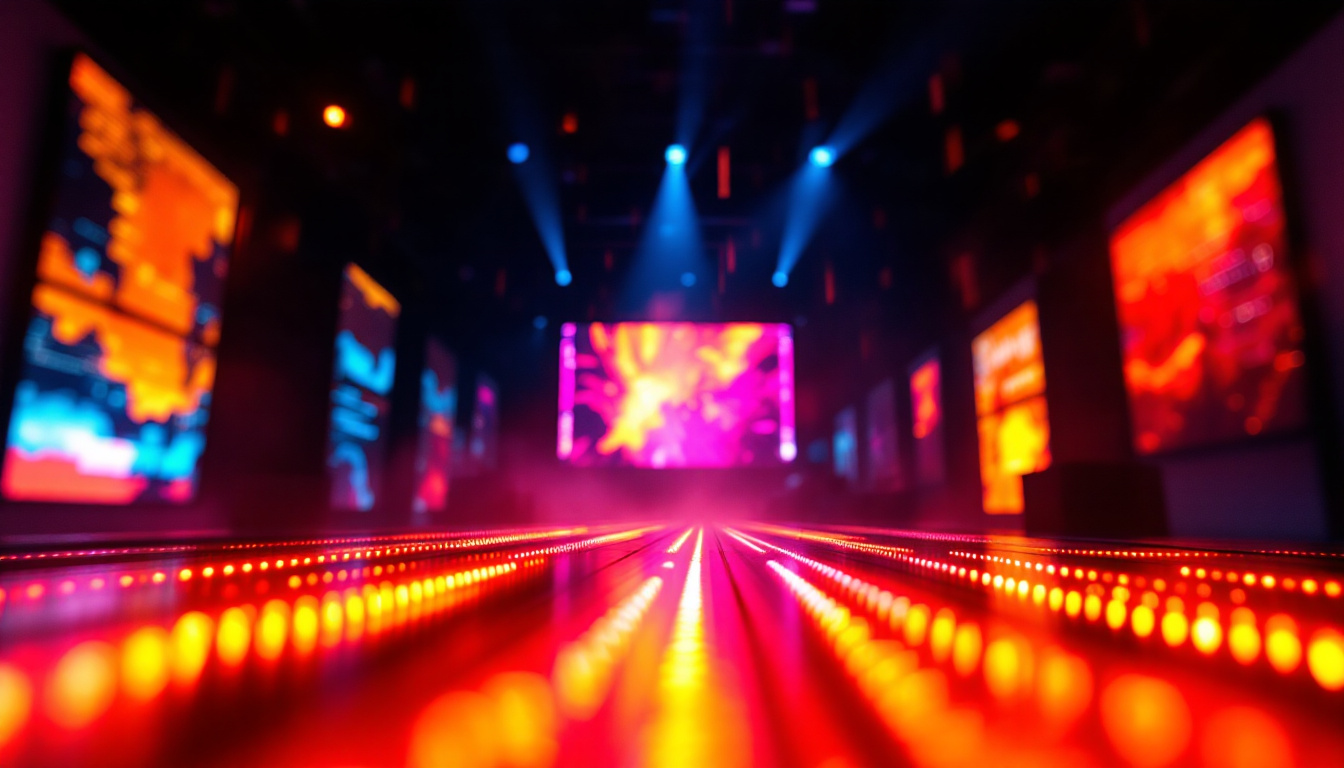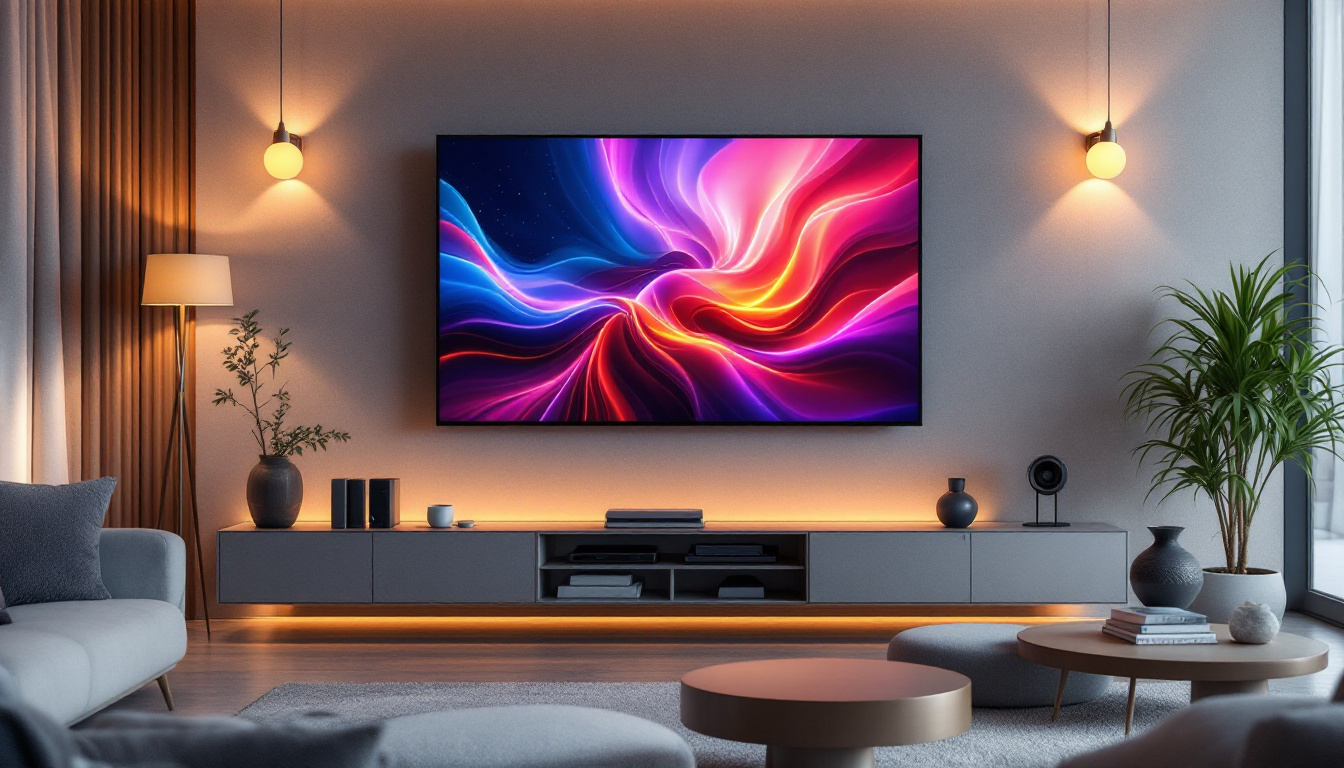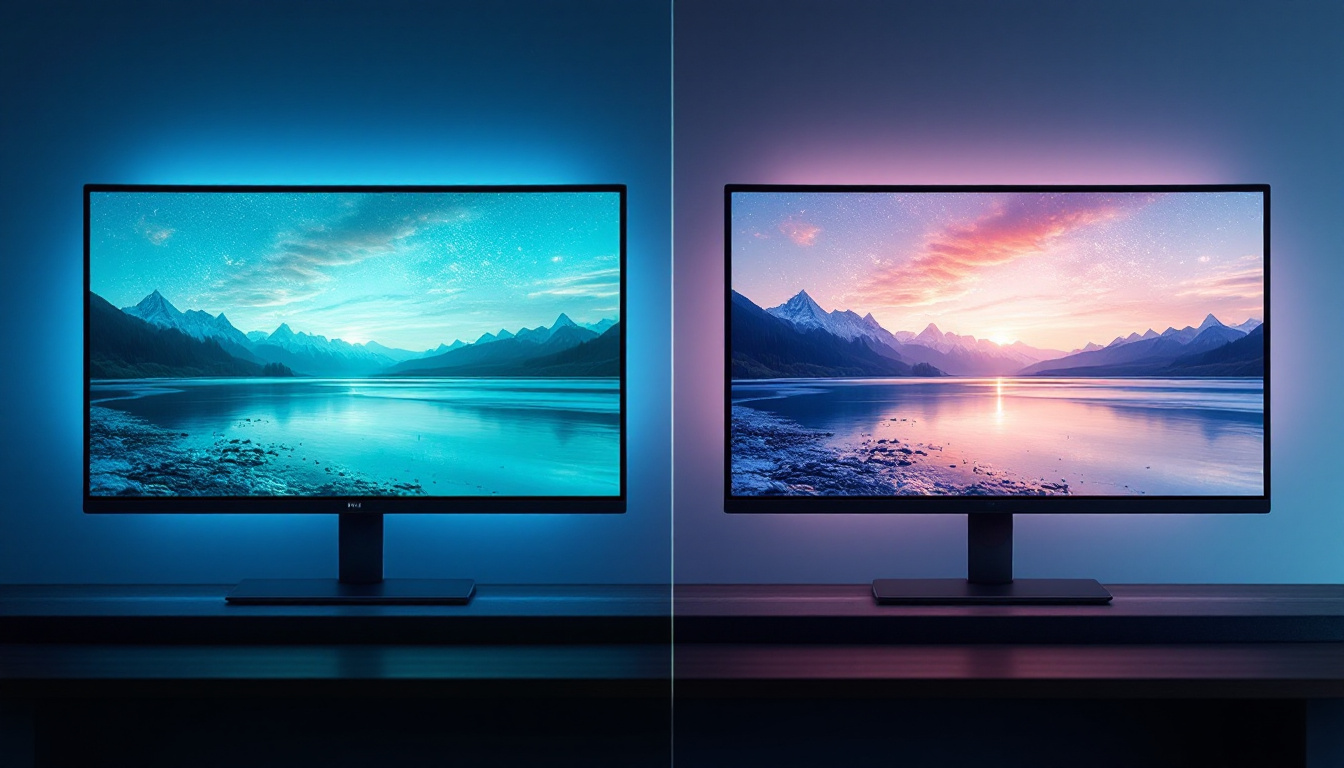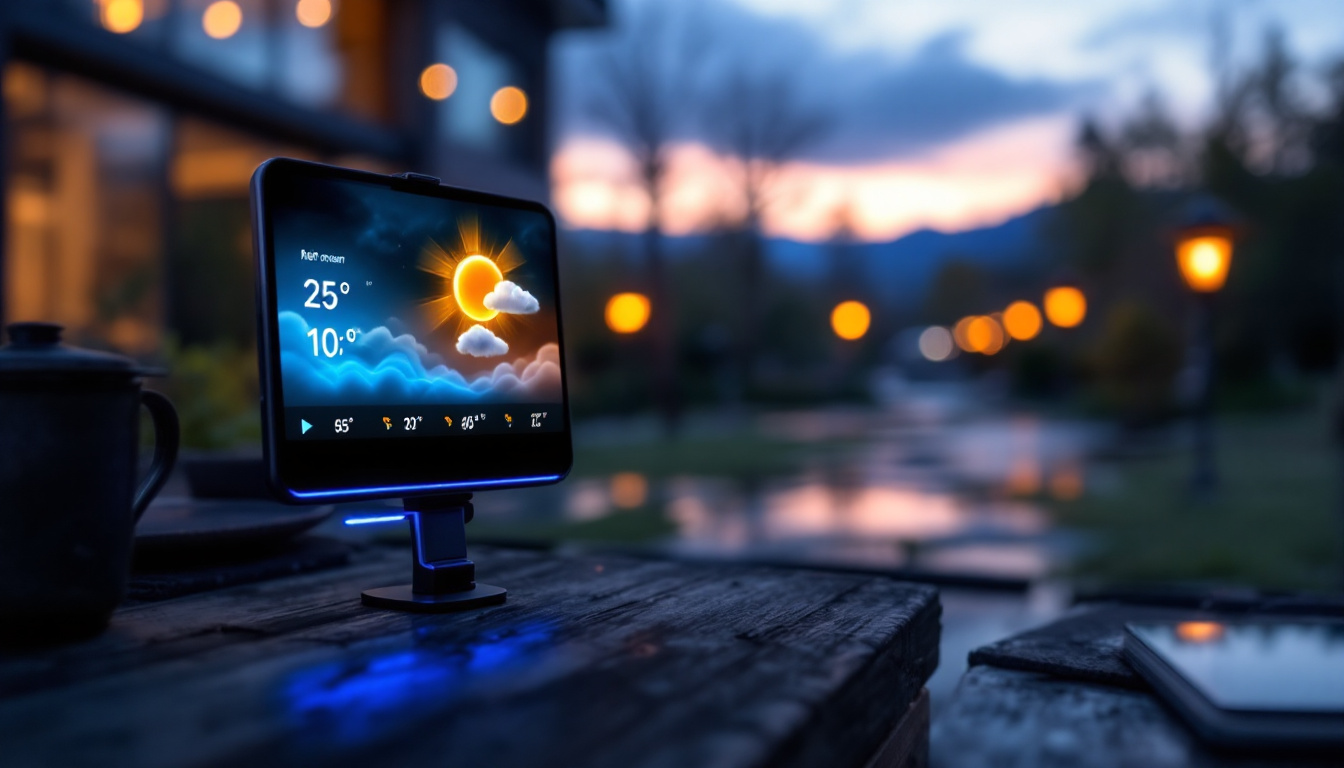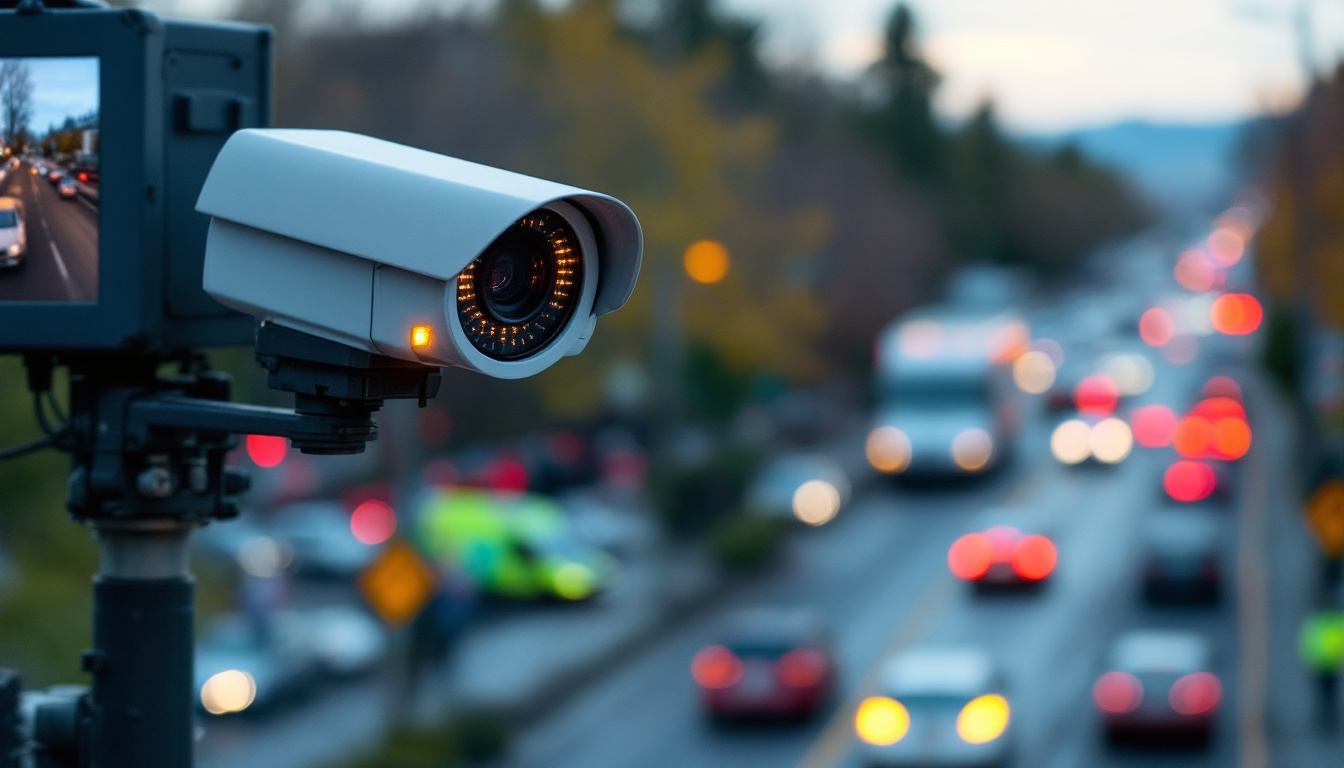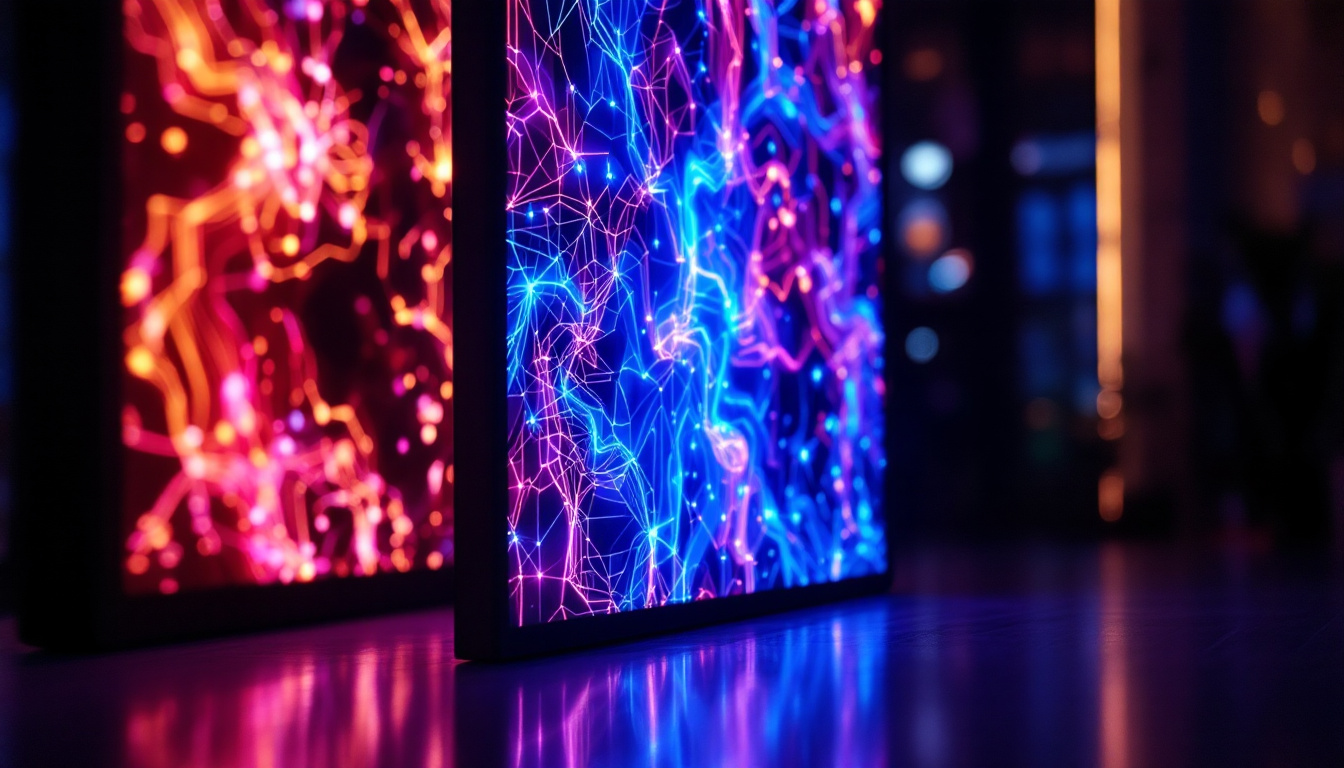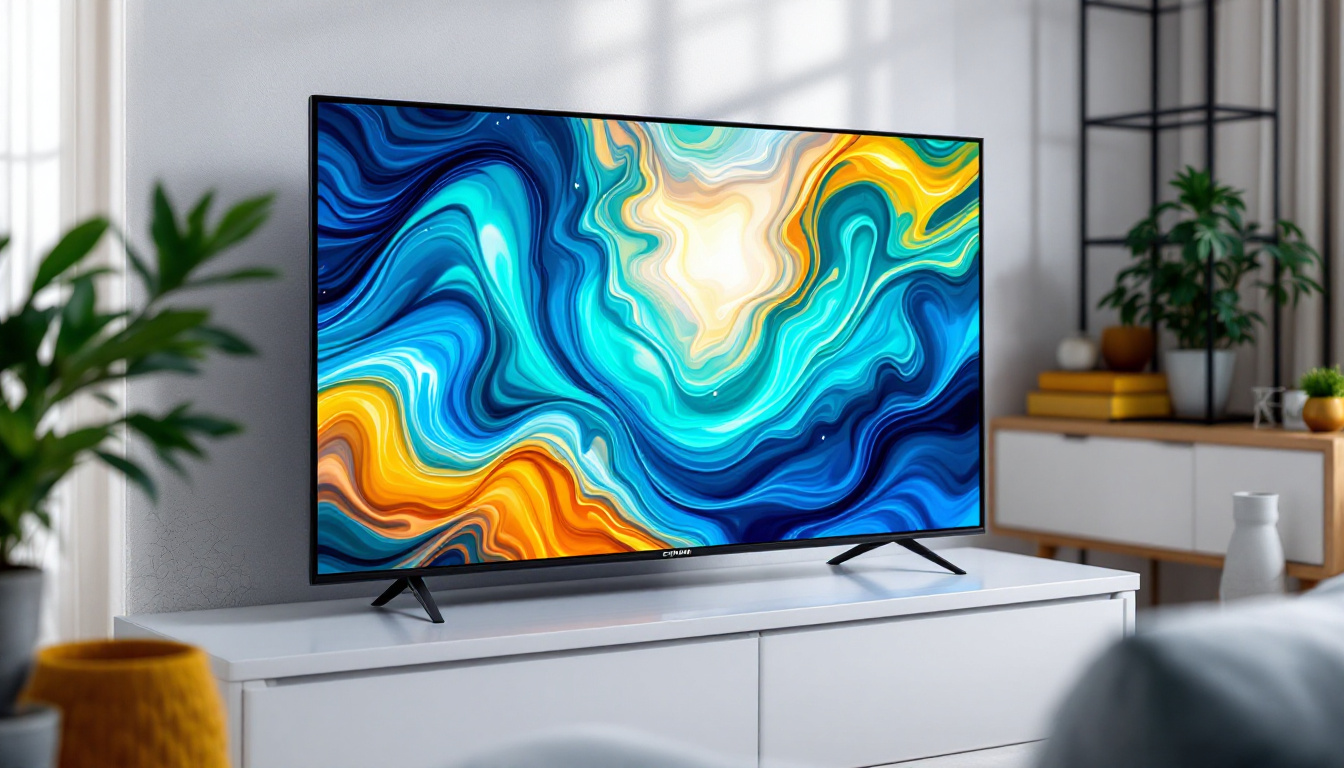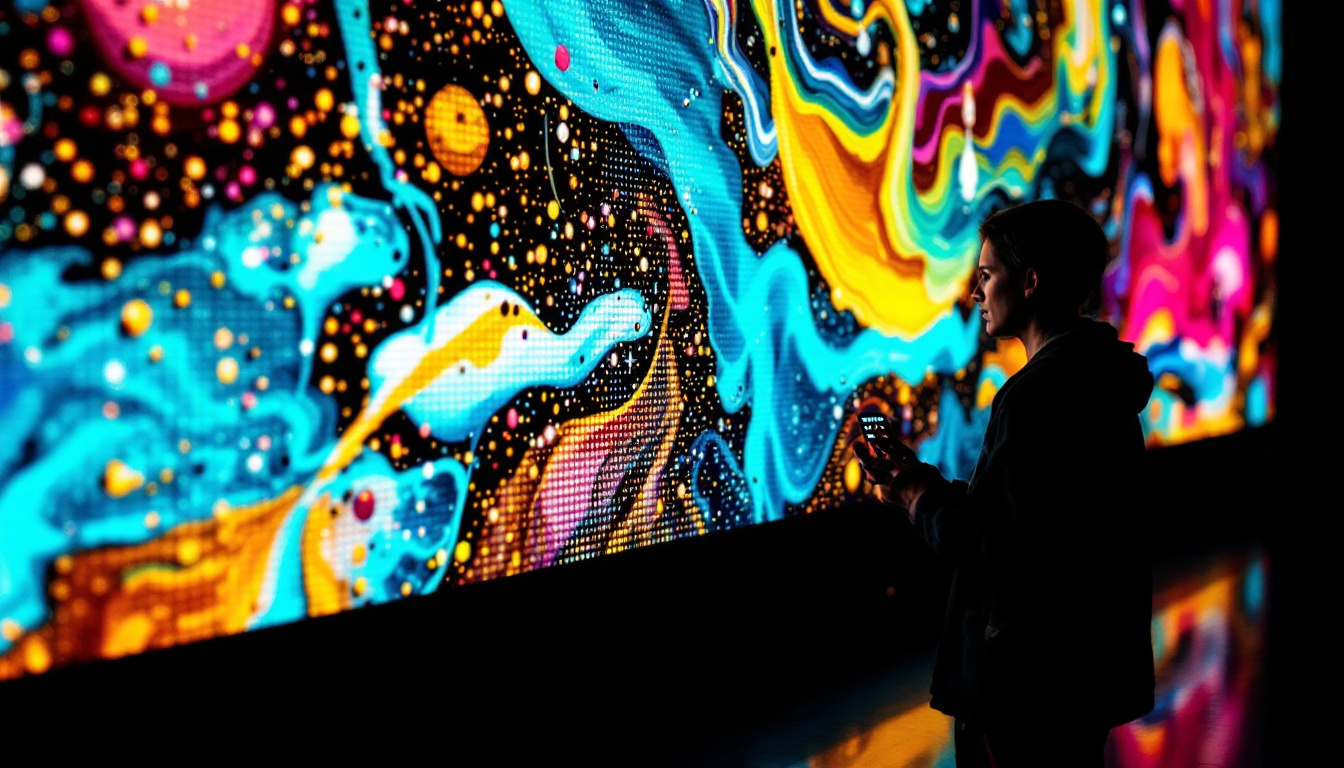In the world of modern technology, LED displays have become a cornerstone of visual communication, offering vibrant colors, high brightness, and energy efficiency. Multisource Manufacturing (Mfg) specializes in crafting high-quality LED displays that cater to a wide array of applications, from advertising to entertainment. This article delves into the intricacies of LED displays, exploring their components, advantages, and the technology behind their operation.
Understanding LED Technology
Light Emitting Diodes (LEDs) are semiconductor devices that emit light when an electric current passes through them. This fundamental principle forms the basis of LED displays, which consist of numerous tiny LEDs arranged in a grid. The combination of these individual lights creates a full-color display capable of producing sharp images and dynamic videos. Over the years, LED technology has evolved significantly, leading to advancements in brightness, energy efficiency, and color accuracy. As a result, LEDs have become the preferred choice for a wide range of applications, from large outdoor billboards to small electronic devices.
The Components of LED Displays
LED displays are composed of several key components that work together to deliver high-quality visuals. These include:
- LED Modules: These are the building blocks of the display, containing clusters of LEDs that produce light in various colors.
- Control Systems: The control system manages the input signals and ensures that the correct images and videos are displayed.
- Power Supply: A reliable power supply is crucial for maintaining consistent brightness and performance.
- Enclosure: The enclosure protects the internal components from environmental factors such as moisture, dust, and physical damage.
In addition to these components, many LED displays also incorporate heat management systems to dissipate heat generated during operation. Effective thermal management is essential for prolonging the lifespan of the LEDs and maintaining optimal performance. Furthermore, advancements in technology have led to the development of flexible LED displays, which can be bent or shaped to fit various designs, making them increasingly popular in modern architecture and creative installations.
How LED Displays Work
The operation of an LED display begins with the control system receiving a video signal. This signal is processed and translated into electrical signals that instruct the LED modules on how to illuminate. Each LED can be turned on or off independently, allowing for the creation of intricate images and animations.
Color is produced by mixing red, green, and blue (RGB) light. By adjusting the intensity of each color, a wide spectrum of hues can be achieved, resulting in vibrant and eye-catching visuals. The refresh rate of the display also plays a vital role, as it determines how quickly the image can change, impacting the smoothness of video playback. Additionally, modern LED displays often feature advanced technologies such as pixel mapping and dynamic contrast adjustment, which enhance the viewing experience by optimizing image quality based on the content being displayed. This allows for greater detail and clarity, making LED displays an ideal choice for everything from advertising to entertainment.
Advantages of LED Displays
LED displays offer numerous advantages over traditional display technologies, making them a popular choice for various applications. Their benefits include:
Energy Efficiency
One of the most significant advantages of LED displays is their energy efficiency. Compared to older technologies like incandescent and fluorescent displays, LEDs consume significantly less power. This not only reduces operational costs but also contributes to a smaller carbon footprint, making LED displays an environmentally friendly option. Furthermore, the ability to dim LED displays without losing color quality allows for even greater energy savings, especially in settings where brightness can be adjusted according to ambient light conditions.
Brightness and Visibility
LED displays are known for their exceptional brightness, which allows them to remain visible even in direct sunlight. This characteristic makes them ideal for outdoor advertising and public displays, where visibility is crucial. The high contrast ratios also ensure that images and videos are sharp and clear, enhancing the viewer’s experience. Moreover, the color accuracy of LED technology means that brands can present their logos and products in the most appealing way, capturing the attention of potential customers effectively. This vibrant display capability is particularly advantageous in crowded urban environments where competition for attention is fierce.
Longevity and Durability
LEDs have a longer lifespan compared to traditional lighting technologies. With proper care and maintenance, an LED display can last for over 100,000 hours of operation. Additionally, they are more resistant to shock and vibration, making them suitable for a variety of environments, including outdoor settings and high-traffic areas. This durability translates into lower maintenance costs and fewer replacements, which is particularly beneficial for businesses that rely on continuous operation. Furthermore, many LED displays are designed to withstand extreme weather conditions, ensuring they remain functional and visually appealing even in harsh climates.
Versatility and Customization
Another compelling advantage of LED displays is their versatility and ease of customization. They can be configured in various shapes and sizes, allowing for creative installations that fit unique spaces. Whether it’s a large billboard, a digital signage solution in a retail environment, or a stunning backdrop for events, LED technology can adapt to meet diverse needs. Additionally, advancements in technology have led to the development of flexible LED panels that can be curved or shaped, offering even more design possibilities. This flexibility not only enhances aesthetic appeal but also allows businesses to create dynamic and engaging content that can be updated in real-time, keeping their messaging fresh and relevant.
Applications of LED Displays
The versatility of LED displays allows them to be utilized in a wide range of applications. From advertising to entertainment, their adaptability makes them a preferred choice across various industries.
Advertising and Marketing
One of the most common uses of LED displays is in advertising. Retailers and businesses use large LED screens to showcase promotions, products, and services. The ability to display dynamic content attracts attention and engages potential customers, making LED displays a powerful marketing tool. Moreover, the bright and vivid colors of LED technology ensure that advertisements are eye-catching, even from a distance. This capability is particularly beneficial in crowded urban environments where competition for consumer attention is fierce. Additionally, businesses can easily update their messages in real-time, allowing for timely promotions and instant feedback on marketing campaigns.
Events and Entertainment
In the entertainment industry, LED displays are used in concerts, festivals, and sporting events. They provide a captivating visual experience that enhances performances and engages audiences. From large-scale video walls to smaller displays for stage backdrops, LED technology plays a crucial role in modern entertainment. The flexibility of LED screens allows for creative designs and animations that can be synchronized with music and performances, creating an immersive atmosphere. Furthermore, LED displays are increasingly being used for live streaming events, allowing fans who cannot attend in person to experience the excitement from afar. This integration of technology not only broadens the audience reach but also elevates the overall production quality of events.
Transportation and Public Information
LED displays are widely used in transportation systems to provide real-time information to passengers. Bus and train stations often feature LED screens that display arrival and departure times, service updates, and other important announcements. This application improves communication and enhances the overall travel experience. Additionally, LED displays are employed in airports to guide passengers through terminals, displaying flight information, gate changes, and boarding times. The clarity and visibility of LED screens are essential in high-traffic areas, ensuring that travelers receive accurate information promptly. Beyond transportation hubs, LED technology is also being integrated into smart city initiatives, where they serve as digital billboards for public service announcements, emergency alerts, and community events, fostering a connected and informed urban environment.
Challenges and Considerations
While LED displays offer numerous advantages, there are also challenges and considerations that must be taken into account when implementing this technology.
Initial Investment
The initial cost of purchasing and installing LED displays can be significant. However, it is essential to consider the long-term savings associated with energy efficiency and reduced maintenance costs. Many businesses find that the return on investment justifies the upfront expenditure.
Maintenance and Upkeep
Although LED displays are durable, they still require regular maintenance to ensure optimal performance. Dust and debris can accumulate on the surface, affecting visibility. Additionally, periodic checks of the control systems and power supplies are necessary to prevent malfunctions. Establishing a maintenance schedule can help mitigate these issues.
Environmental Impact
While LED displays are more energy-efficient than traditional options, their production and disposal can still have environmental implications. It is crucial to choose manufacturers that prioritize sustainable practices and offer recycling options for old displays. This approach helps minimize the overall environmental impact.
Future Trends in LED Display Technology
The LED display industry is continually evolving, with new technologies and trends emerging that promise to enhance performance and expand applications. Some of the most notable trends include:
Advancements in Resolution
As consumer demand for higher-quality visuals increases, manufacturers are focusing on developing displays with higher resolutions. Technologies such as MicroLED and MiniLED are paving the way for displays that offer improved pixel density and color accuracy, resulting in stunning visual experiences.
Smart Display Integration
With the rise of the Internet of Things (IoT), smart LED displays are becoming increasingly common. These displays can be connected to the internet, allowing for real-time updates and remote management. This capability enhances the versatility of LED displays, enabling businesses to adapt their content quickly and efficiently.
Flexible and Transparent Displays
Innovations in display technology have led to the development of flexible and transparent LED displays. These displays can be integrated into various surfaces, such as windows or curved structures, offering unique design possibilities. As this technology matures, it is expected to open new avenues for creative applications in architecture and advertising.
Conclusion
LED displays have revolutionized the way information is presented, offering vibrant visuals and energy efficiency. Multisource Manufacturing stands at the forefront of this technology, providing high-quality displays that cater to diverse needs. Understanding the components, advantages, and applications of LED displays is essential for businesses looking to leverage this technology effectively.
As the industry continues to evolve, staying informed about trends and advancements will be crucial for maximizing the potential of LED displays. Whether used for advertising, entertainment, or public information, LED displays are set to play a pivotal role in the future of visual communication.
Explore Cutting-Edge LED Display Solutions
Ready to elevate your visual communication with the latest in LED display technology? Discover the innovative solutions offered by LumenMatrix, a leader in creating displays that bring your brand to life. From vibrant Indoor and Outdoor LED Wall Displays to dynamic Vehicle and Sports LED Displays, LumenMatrix provides a wide range of options, including Custom and All-in-One LED solutions. Embrace the future of digital signage with our Transparent and Floor LED Displays, designed to captivate and engage your audience. Check out LumenMatrix LED Display Solutions today and transform your messaging with unparalleled clarity and impact.


